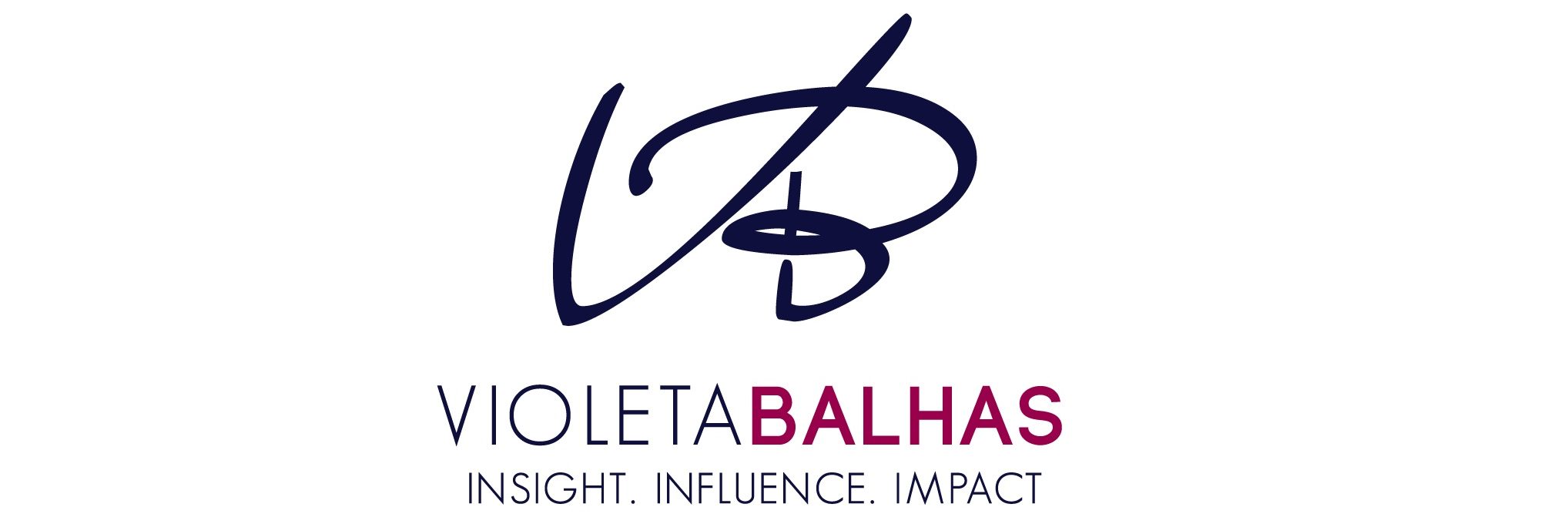Oh, we do love to reduce complex human behaviour to easily-explained binary bites, don’t we? We’re either introverts or extroverts. Leaders or team players. Passionate or passionless. Heaven forbid that we actually got our head around how complex we are, that it’s never as simple as being totally one thing and none of the other, and that our behaviours and attitudes can change from context to context, right?
Look – I understand that it might seem like a fairly harmless thing to do, and a way to explain ourselves to each other, but there’s more to it than that. We kid ourselves that these binary rules make us broadminded and understanding enough to treat people – including ourselves – the way we should, but what’s actually happened is that all we’ve done is used some labels and pigeonholes. Sure: they’re nicer labels and pigeonholes than others I could mention, but they are no less limiting, and no less insulting to the vastness of human potential.
My personal hobbyhorse is the left brain/right brain deal, with people saying they are “Strictly right brained” or “Strictly left brained” according to whether they see themselves as very creative or very logical. This, of course, is nothing like how the brain works, but even as a symbol, the left brain/right brain belief also sets creativity up as something that’s accessible only to a select few.
Balderdash.
This has got to be the modern equivalent of believing in the Muses – those mythological, elusive, mysterious bestowers of all that’s creative. And while I love the muse as a metaphor, it’s not really something we can work with when the time comes to be creative. And for all of us, that is – one way or another – every single day.
Waiting for inspiration is for suckers. Accessing creativity – whether it’s in the arts, problem solving, or innovation – comes down to one thing, and one thing only.
Over 21 years ago, I started teaching creative writing. It became very clear, very quickly, that before I could teach the writing part, I’d have to teach the creative part, and I’ve been teaching in some shape or form ever since. There are many paths to creativity but only one vehicle. What is it?
I like to tell two stories when teaching creativity. The first involves Paul McCartney, who woke up with the tune for Yesterday, fully formed, inside his head. So perfect and complete was it that he thought it was an earworm written by someone else. The second involves Keith Richards, and a newfangled machine called a tape recorder, which he kept beside his bed. One morning he woke up, and saw that the tape was spooled all the way to the end. He couldn’t remember anything from the night before, so he hit Rewind, and Play, and suddenly there was the riff to what would become the opening of the Stones’ Satisfaction… followed by 40 minutes of snoring.
Easy, right? Effortless? Yes. And no. What actually happened here?
(Before someone inevitably answers “drugs”, let me just say that the world has had millions more drug users than it’s had its share of McCartneys and Richardses. End of.)
Real brain science is what happened here. The more you do of something, the more you do of it, to the point where it becomes – quite literally – unconscious. Just like these songs were “visited” on these artists because making music was something they did all the time, you also can be visited by flashes of creativity, inspiration, and brilliance. The more creative you are, the more creative you are.
This makes creativity everyone’s domain.
Once you find your route to creativity – whether it’s unstructured, like a brain dump à la Julia Cameron or playing Lego with your kids, or guided, such as Alex Faickney Osborn’s brainstorming questions or for that matter, playing Lego with your kids if they are as precise as mine were – the one thing that will keep you on that route is daily practice. And if you are in the business of managing or leading people, understand that you can’t expect your staff to suddenly turn on creativity and innovation when it’s crucial if they are not given opportunities to practice creativity and innovation every day.
End of.

